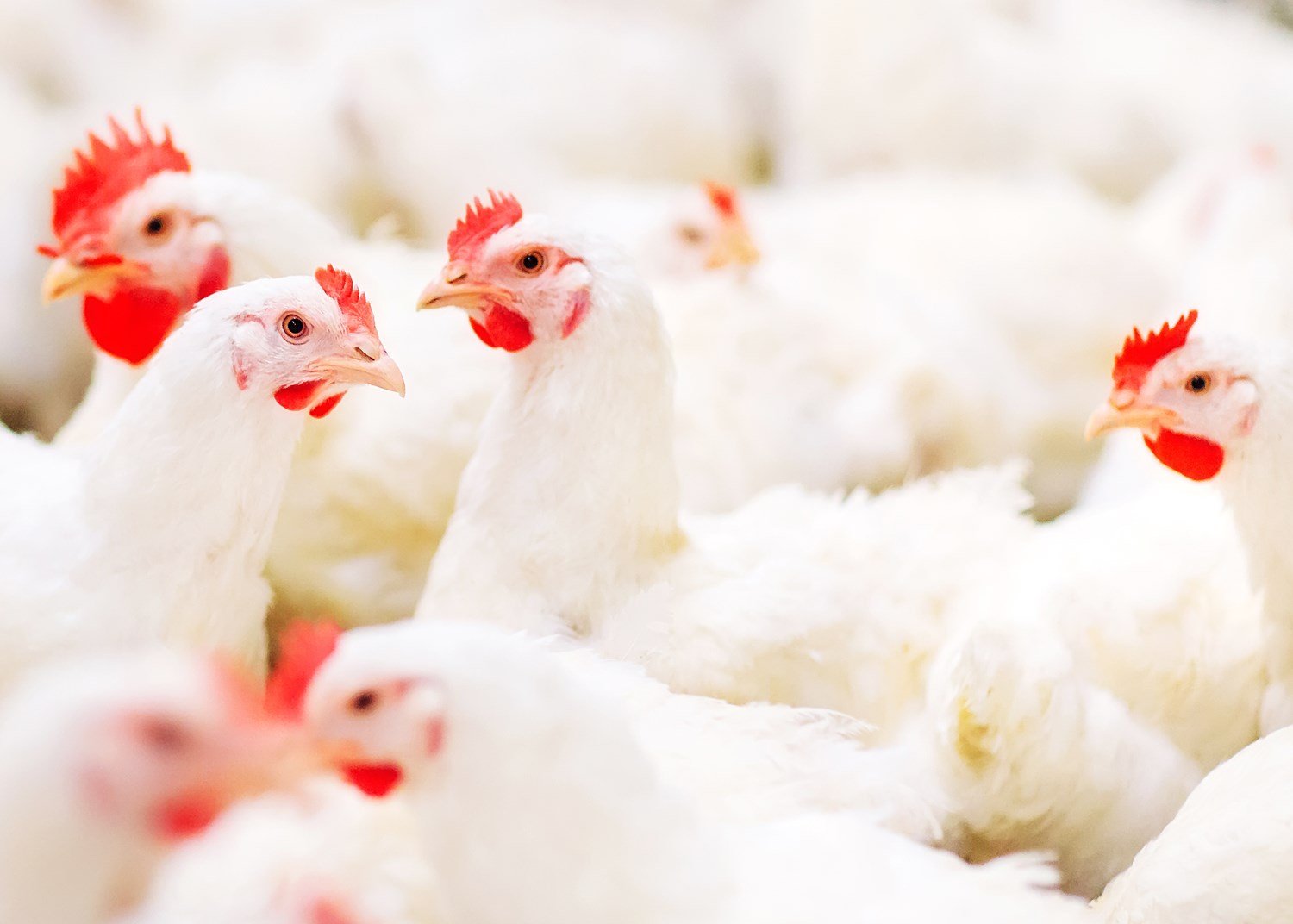
Heat Stress Programme
- Programme
Several stressors, such as heat stress and gastrointestinal dysbiosis, can be major threats to the poultry industry, as they impact gut health and increase disease susceptibility, affecting bottom line results. With the reduction in the use of antibiotics there is an even bigger need for solutions that support animal health and welfare.


Heat stress is a major concern for today’s livestock producers. It can lower feed intake and harm gut integrity, leading to a loss in performance – and also in profitability. Heat stress can reduce feed intake by up to 89-106 grams for every degree above 23 C° in swine, for example, reducing the level of nutrients available to the animal. It can also harm gut integrity, which increases circulating bacterial components, and can lead to systemic inflammation, inducing a further loss in performance.
The rise in global temperatures, along with the detrimental effects of high temperatures on animal productivity, is bringing increased scrutiny on heat stress. Nutritional interventions, including precision nutrition, feeding ingredients from the right source, and ensuring nutritional requirements are met, provide a practical and cost-effective opportunity to reduce the negative effects of heat stress.
An initial point of damage for livestock experiencing heat stress is oxidative stress and the generation of free radicals. Antioxidants in feed can help livestock mitigate potential damage by scavenging (grabbing) free radicals, but not all antioxidants function in the same way. To provide optimal protection, antioxidants need to be able to distribute throughout the animal including through both lipid and water-based structures and have high digestibility and bioavailability. Those requirements mean that not every antioxidant is suitable for addressing heat stress-based challenges.
Another area where livestock can suffer damage during heat stress is the intestinal barrier. Heat stress generates a thermoregulatory response that can alter blood flow patterns leading to intestinal hypoxia and a breakdown of intestinal integrity. The consequence of damaged intestinal barrier function is increased pathogenic movement within the animal.
Gut health is an enduring challenge for broiler producers. It accounts for up to 80% of antimicrobials used in poultry production, given that most other health issues can be prevented by vaccines.
Good gut health includes the effective digestion and absorption of food, stable microbiota, and the absence of gastrointestinal illness. It is a key factor in supporting immunity because it is essential to ensure the optimum absorption of nutrients in a bird.
During a production cycle, a flock will experience many factors that can directly or indirectly affect gut health. When gut health is negatively affected, it decreases feed intake and immunocompromises birds, leading to a loss of performance. The magnitude of this effect depends on when the animal recovers. Thus, maintaining good gut health is important both from a welfare as well as an economic point of view.
Providing support for the integrity of the gut and the stability of the microflora is critical to ensuring proper gut health. This can be achieved through on-farm changes, such as improved biosecurity and water management, but also through changes in nutrition.
There are five fundamental areas of focus that help to maintain a healthy gut in animals:
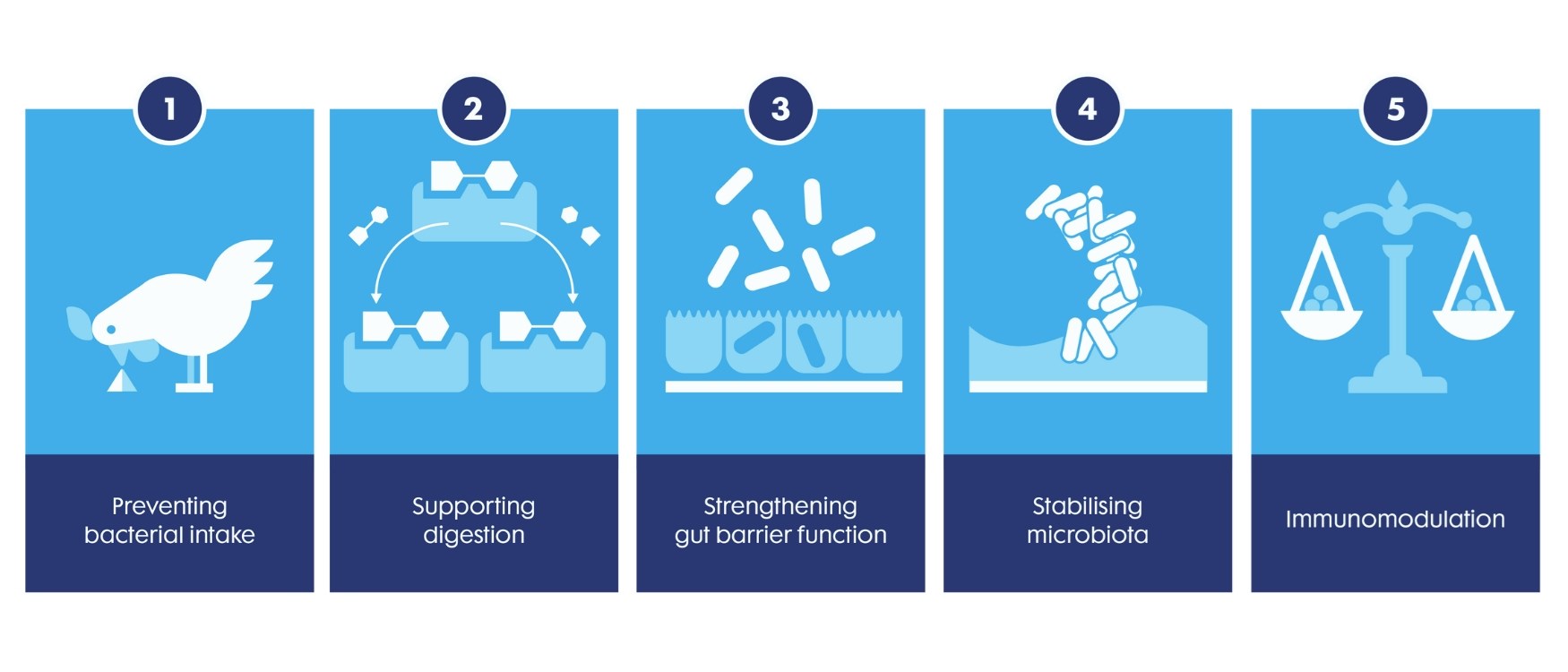
Salmonella is the global leading cause of foodborne illness, and poultry is the most frequently identified source of infection. Therefore, reducing the incidence of Salmonella in poultry production is a top global priority. In addition to being a well-known food safety risk, Salmonella can have a significant negative effect on the productivity and efficiency of the infected flocks. For these reasons, poultry producers – and regulatory authorities – aim to minimize the incidence of Salmonella along the poultry production and processing chain.
As Salmonella is widely distributed in poultry and their environment, any control program must consider several factors to protect birds from colonization and its dissemination. However, an effective Salmonella control program must be comprehensive, systematic, and continuously adjusted, as contamination and infection sources are frequent and widespread in any production system.
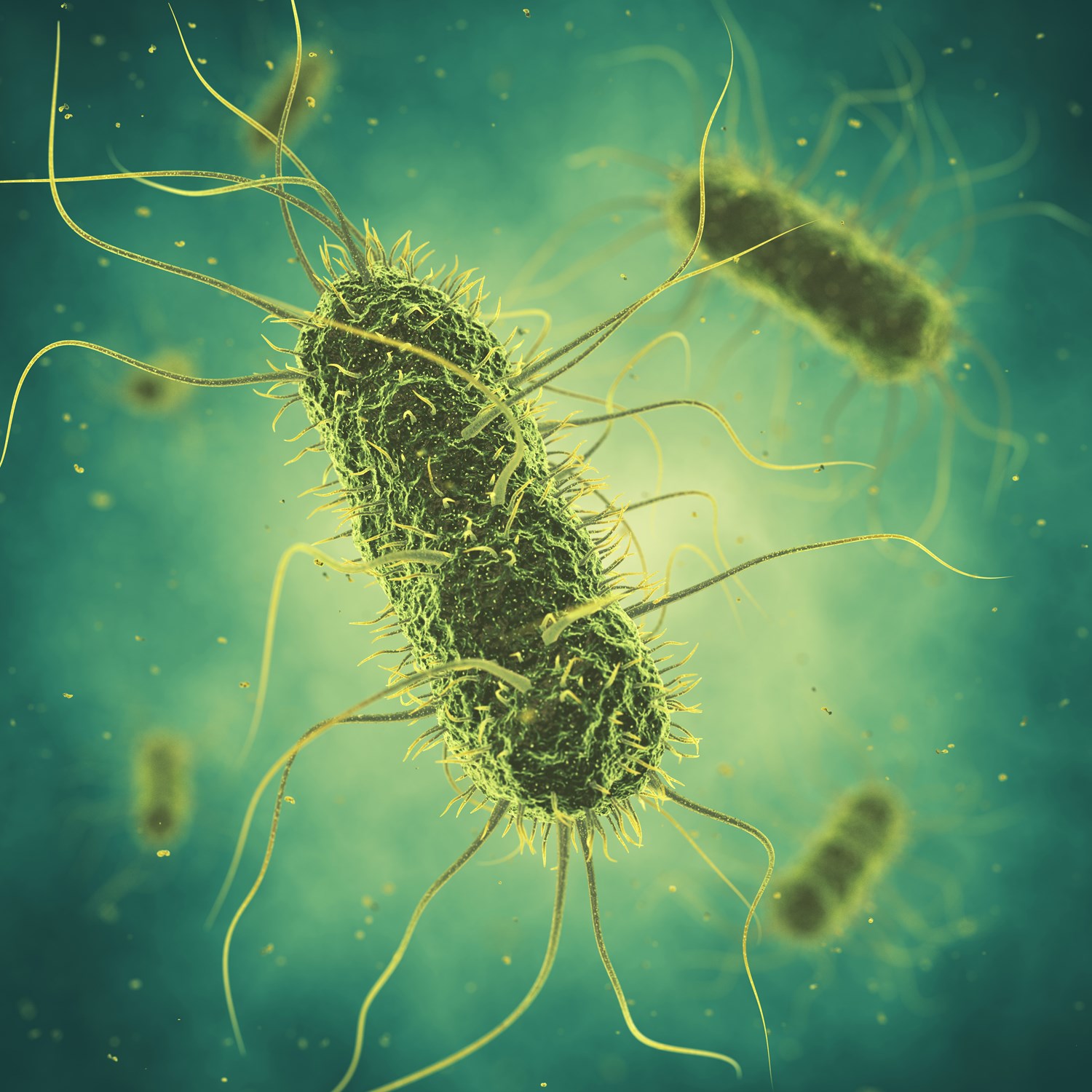

Antimicrobial resistance (AMR) occurs when a microorganism becomes resistant to antibiotics. It is an increasing problem for both human and animal health worldwide. If not tackled, AMR is on track be the number one global public health issue, leading to an estimated 10 million human deaths by 2050. There is only one way we can avoid this disastrous outcome: by substantially reducing our reliance on antibiotics. We believe that there is no single solution to achieving this; that is why our antibiotic reduction programme is a tailor made and integrated approach to feed-farm-health management.
Though the eggshell only makes up 9-12% of the total egg, its quality is critical for the economic viability of the egg – and the industry. Factors affecting eggshell quality are significant for producers.
An egg is the end-product of a complicated series of processes, and quality problems may arise at any point. Since stronger eggshells can increase the number of sellable eggs by preventing breakage during handling, transport, and packaging, it is critical to understand which factors come into play. While bird factors such as genetics and age can have an impact, proper nutrition is vital to ensuring good eggshell quality.
If feed is contaminated with mycotoxins, it can reduce production and eggshell quality by affecting feed intake and animal health. In addition, the substantial amounts of calcium required for eggshell development increase the need for efficiently utilized calcium as well as proper phosphorus and vitamins in feed.
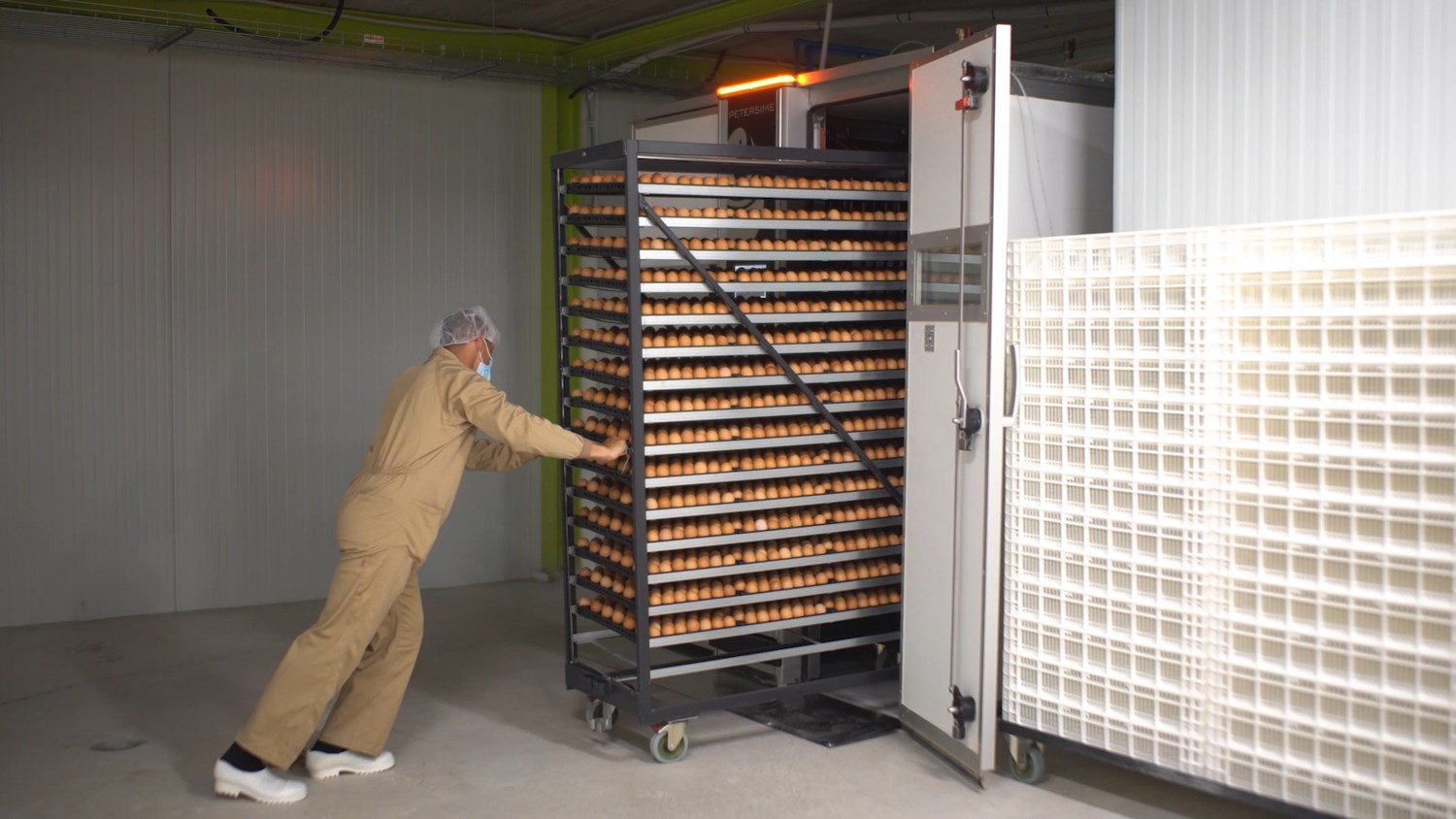
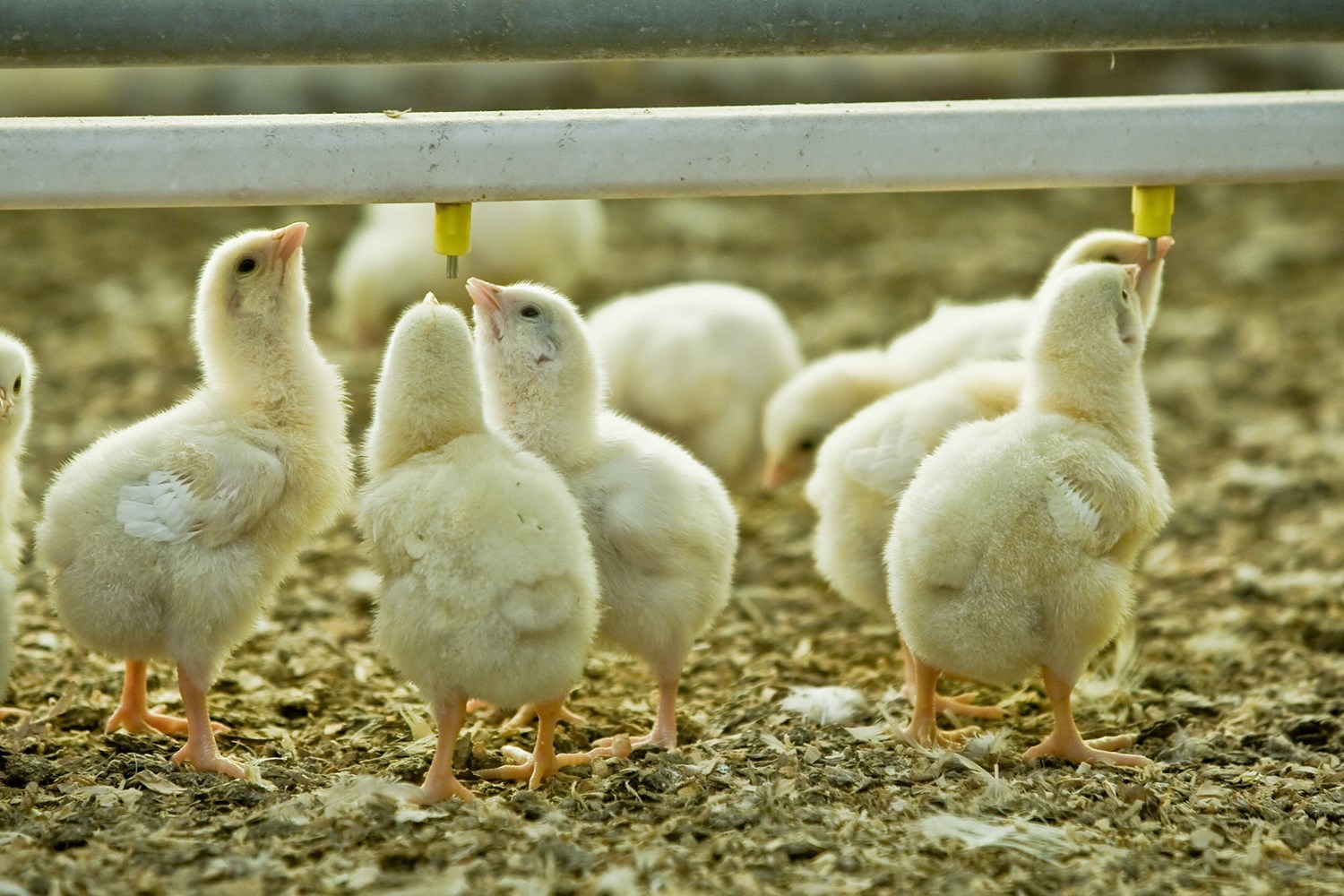
Water, the most important but most neglected nutrient, has a tremendous impact on poultry performance. Because most animals drink about twice as much as they eat, the microbiological quality of water is crucial to their overall health. A comprehensive biosecurity and farm management programme can support good water at the source and ensure hygienic conditions throughout the water system.
Minerals are essential for health and animal performance – and bottom-line results – making them a vital ingredient to consider when formulating diets. However, different factors can affect the availability of minerals to animals’ digestive systems.
Minerals such as calcium, phosphorus, zinc and copper are present in and important for almost all biological processes, including bone development, immunity and growth. However, their availability can be unpredictable, due to other feed ingredients, the animals’ health status, and the presence of mycotoxins.
Phytic acid, a substance found in plants that acts as an anti-nutritional factor in poultry feeds, can also affect the availability of minerals. It can react with minerals such as calcium, phosphorus and zinc, rendering them unavailable for the animal. This can lead to mineral deficiencies that affect animal performance.
Including the mineral sources offered in Selko’s portfolio when formulating diets can reduce these risks and give you peace of mind.
